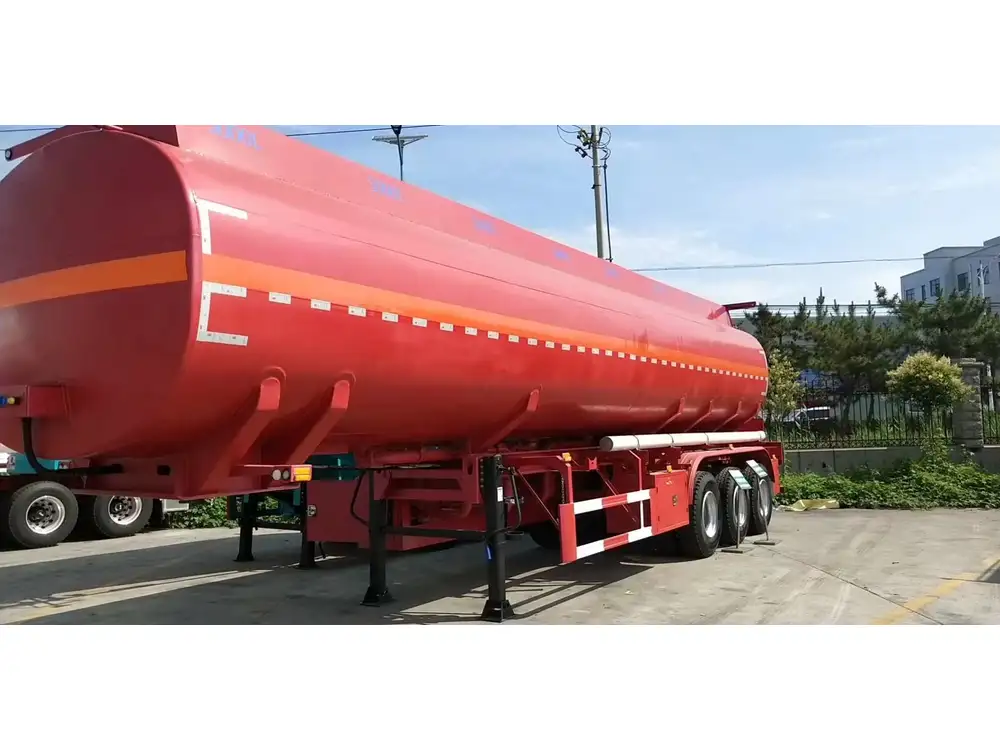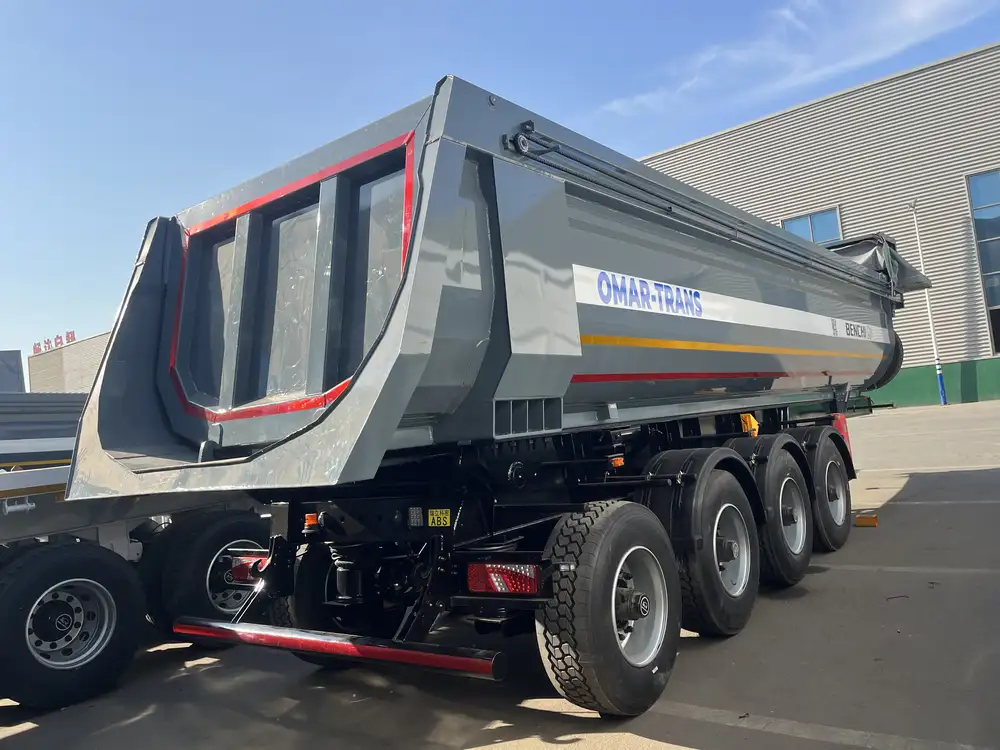Introduction to 18-Wheelers
An integral part of the transportation industry, the 18-wheeler truck, often referred to as a semi-truck, has become synonymous with long-haul freight logistics. Its design, primarily characterized by its significant cargo capacity and versatile maneuverability, has made it a crucial element in moving goods across vast distances. While the specifications of these mighty vehicles can vary based on manufacturer and model, one fundamental characteristic remains fairly consistent: their height.
What Defines an 18-Wheeler?
Before we delve into the specifics of height, it’s essential to clarify what constitutes an 18-wheeler. This term generally refers to trucks with a total of 18 wheels, typically composed of a tractor unit and a trailer. The tractor, which houses the engine and cab, is the front section, while the trailer is designed for cargo transport.

Key Components of an 18-Wheeler
| Component | Function | Description |
|---|---|---|
| Tractor Unit | Provides power and driver control | Contains the engine, transmission, and driver’s cabin |
| Trailer | Cargo transport | Varies in length and type, designed to carry different goods |
| Wheels | Mobility and load distribution | Typically, 18 wheels spread across both the tractor and trailer |
| Height | Impact on clearance and storage | Varies widely depending on load and configuration |
How Tall is an 18-Wheeler?
The height of an 18-wheeler can vary significantly based on its design and load. On average, an 18-wheeler, when uncoupled and unloaded, stands at approximately 13.5 feet (4.1 meters) tall. This height encompasses the trailer, which usually towers above the tractor unit. However, depending on specific configurations, heights can range from 12.5 feet (3.8 meters) to 14 feet (4.3 meters) in standard operation.
Factors Influencing Height
Load Type: The type of cargo can significantly influence the overall height. When hauling tall items, trailers may be extended upwards to accommodate the load.
Trailer Type: Trailers come in various designs, such as:
- Standard Dry Van: Height averages about 13.5 feet.
- Reefer Trailers: Often slightly taller to accommodate refrigeration units.
- Flatbed Trailers: May vary depending on the cargo being loaded; height can exceed standard limits.
Specifications by Manufacturer: Different manufacturers such as Freightliner, Kenworth, and Peterbilt may offer different truck models with varying dimensions.

Table of Average Heights by Trailer Type
| Trailer Type | Average Height (Feet) | Average Height (Meters) |
|---|---|---|
| Standard Dry Van | 13.5 | 4.1 |
| Reefer Trailer | 13.6 | 4.14 |
| Flatbed Trailer | 13.5 | 4.1 |
| Tanker Trailer | 13.6 | 4.14 |
| Step Deck Trailer | 13.5 | 4.1 |
Why Height Matters in Trucking
Understanding the height of an 18-wheeler is crucial for various reasons:
Navigating Infrastructure
Certain roads, bridges, and tunnels have height restrictions. Exceeding these can not only lead to costly fines but also risk accidents or significant damage to both the vehicle and infrastructure.

Compliance with Regulations
Different states and regions may have specific regulations regarding maximum vehicle heights. Awareness of the size of an 18-wheeler helps in adhering to these regulations.
Safety Considerations
High-center-of-gravity loads can lead to instability, particularly in inclement weather. A well-understood height gives drivers better control over their vehicle, enhancing overall road safety.
The Relationship Between Height and Load
When loading an 18-wheeler, it is imperative to maintain balance and adhere to height limits. A properly loaded trailer, with weight evenly distributed, enables optimal handling and performance.

Common Loading Practices
- Even Weight Distribution: Ensuring that weight is evenly distributed across the trailer can help maintain stability.
- Use of Load Bars: These are often utilized to secure cargo and help keep load heights within acceptable limits.
- Adherence to Load Plans: Following manufacturer recommendations and state regulations can help manage the overall height.
Conclusion: Height in the Context of 18-Wheeler Specifications
In conclusion, while the height of an 18-wheeler typically hovers around 13.5 feet (4.1 meters), several factors can influence this measurement. The distinction in trailer types, load specifications, and manufacturer designs all contribute to the overall height and functionality of these trucks.
Frequently Asked Questions About 18-Wheeler Heights
What is the maximum permitted height for an 18-wheeler?
The maximum height is generally set around 13.5 feet for most states, although some regions may allow up to 14 feet under specific circumstances.What are the consequences of exceeding height limits?
Exceeding height regulations can lead to fines, increased insurance premiums, and potential accidents.How can I measure the height of an 18-wheeler?
Using a tape measure or hiring a professional service that specializes in truck dimensions will provide accurate results.Are there special considerations when transporting oversized loads?
Yes, special permits and caution are necessary when hauling loads that exceed standard dimensions. This may include escort vehicles and specific routing.How does the choice of trailer affect maintenance?
Different trailers have unique specifications and requirements that could affect maintenance schedules and overall performance.
Understanding the height of an 18-wheeler, alongside its associated risks and requirements, enables better decision-making, effective transportation management, and compliance with pertinent regulations. This knowledge not only enhances road safety but also contributes to the optimization of freight logistics in our ever-evolving transportation landscape.



